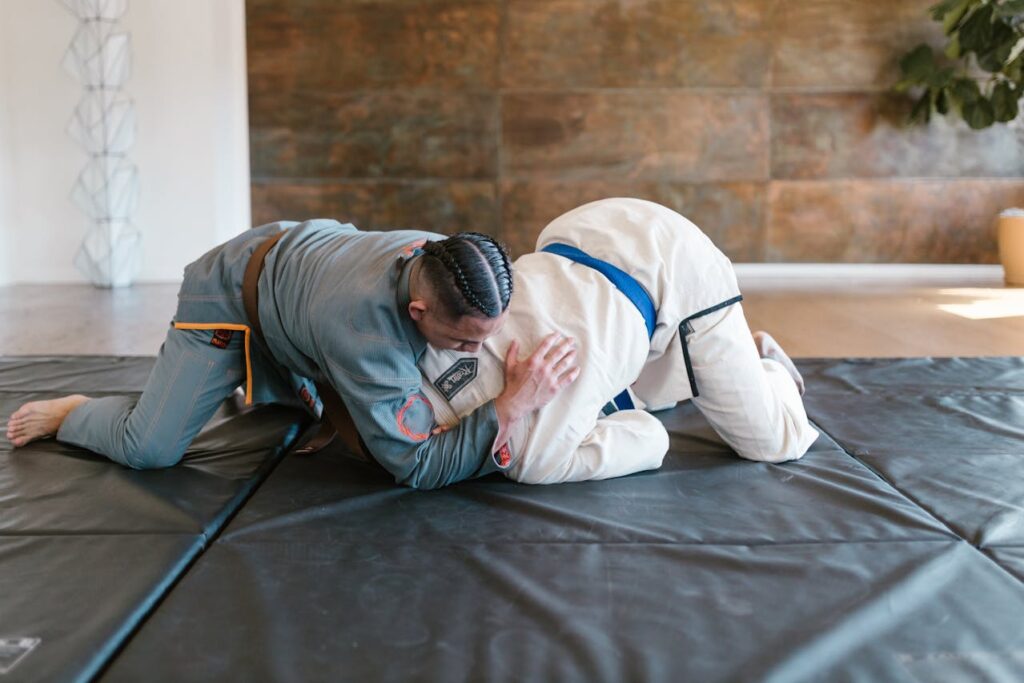A Comprehensive Guide to Brazilian Jiu-Jitsu Belts and Rankings
Brazilian Jiu-Jitsu (BJJ) can significantly benefit people looking for a combat sport to improve their fitness and learn valuable self-defense skills. This sport has become a worldwide phenomenon in recent decades, owing to many BJJ gyms in Imus and beyond promoting an accessible and inclusive environment for newcomers.
Beginners will have much to learn when starting with BJJ, including the Brazilian Jiu-Jitsu belt system. Similar to other combat sports that also uses belts, this helps practitioners have a clear path to progress or a way for someone to feel rewarded for their hard work. The belt system also fosters mutual respect between practitioners, no matter what level they are at.
Learning BJJ’s belt system will help students assess possible milestones and motivate them in continuing their journey. So, here’s a guide to help you recognize the role of the belt system in this combat sport.
Understanding Brazilian Jiu-Jitsu’s Belt System
The use of colored belts didn’t occur until 1880, when Jigoro Kano started differentiating his students with white belts for beginners and black belts for experienced practitioners. But Mikinosuke Kawaishi, a judo master, is said to have introduced the other colors so students can recognize their growth and skills while they work toward the black belt.

Since then, the system has been adopted in other martial arts disciplines, including BJJ.
BJJ has two different belt systems for young and adult learners. The colors in both systems only overlap in one color: white. Besides that, the kids’ belt system comprises grey, yellow, orange, and green. Kids can only graduate to the adult belt system when they turn 16, with their instructor giving them a blue, purple, or white belt.
The Adult Belt Progression System
BJJ has five main belts: white, blue, purple, brown, and black.
White Belt
Everyone starting BJJ will begin with a white belt. This belt represents purity and innocence, as students begin with a blank slate. Here, practitioners will learn the basics of BJJ and develop the proper mindset needed for the long grind. Consistency and really learning the language of BJJ are crucial at this point.
Instructors will begin the training by teaching the new students BJJ terminology they will use regularly or encounter on their journey. They will also introduce fundamental techniques, movements, and body mechanics that will be helpful for progression.
Blue Belt
For many, achieving the blue belt is one of the first milestones in their BJJ journey. But there are also BJJ students who think that blue belt is where real training starts. Practitioners who earn the blue belt will expand their basic understanding of the fundamentals and learn at the next level. This is when most finally start trying the techniques and movements.
Students are taught more advanced techniques at this stage, including robust defense and escaping movements. This is also when practitioners start developing their style and approach to BJJ,
It takes years to advance from the blue belt, so many students experience a decline in motivation. This is why building a strong mindset is crucial when students are still in the white belt.
Purple Belt
Those who earned the purple belt will learn to perfect their footwork and momentum and refine their technique. However, they are already expected to have high technical proficiency and tactical knowledge. They should be able to use a chain of techniques properly, anticipate opponents’ moves, and spontaneously adapt their strategy.
In addition, purple belt is where many practitioners consider that they truly understand the art of BJJ. Most students discover their future training path when they earn the brown belt, and they are expected to become an example to other students.
Brown Belt
Students who earn the brown belt are fully confident in their technique execution and overall fighting style. They are mature in the art of BJJ and are expected to teach the combat sport to beginners.
Practitioners with brown belts are expected to make submissions by setting traps instead of forcing their opponents. In addition, they should start seeing BJJ from a conceptual standpoint to maximize the techniques they have mastered in previous belts.
This stage is when students really become teachers or mentors to others, and it takes them one step closer to a black belt.
Black Belt
For many, earning the black belt is the final stop of a long journey. However, this should be a new beginning. On this stage, practitioners can fine-tune their fundamental and advanced movements to be more efficient. They should also apply the lessons learned from years of training to their daily lives and represent the combat sport with dignity and respect.
Even if they are not official instructors, black belts should be open to teaching beginners, especially white belt students. Ultimately, they should contribute effectively to BJJ’s growth and continue their growth and development in the combat sport.
Red Belt
It’s natural to think that the black belt is the highest rank one can get in BJJ. However, the red belt is actually the highest belt in this martial art, and practitioners who earn this are considered masters of the sport. They have an unwavering commitment to the art of BJJ and are some of the most respected practitioners in the community. This is the highest rank any BJJ student can achieve on their journey and usually takes decades to earn.
Stripes, Degrees, and Their Significance
Apart from solid-colored belts, there are also striped belts, which provide an efficient way for students to assess their progress within a belt color. There are usually four stripes to earn within each belt, with instructors giving them based on the student’s achievement, dedication, and level of growth. Some things instructors look for are the practitioner’s proficiency, behavior, attendance, and competition performance.
Meanwhile, degrees are added to black belts to show the practitioner’s deeper technical and practical mastery. Up to six degrees are available in black belt, all showing an additional degree of expertise in techniques and discipline. Earning the degrees takes time, which makes them a testament to one’s commitment to the art.
Final Words
The BJJ belt progression system is not just a symbol of skill. It shows someone’s personal growth, discipline, and perseverance despite the long grind needed for BJJ. They reflect countless hours of training and showing up, even when students feel that their progress is slow.
If you are curious about Brazilian Jiu-Jitsu and want to commit to long-term physical and mental growth, finding a reputable gym can really help. Titans—Sports and Functional Gym is a well-known BJJ gym in Imus, Cavite, offering premier BJJ training and other combat sports, including Taekwondo, Judo, Boxing, and Muay Thai.
Take your fitness to the next level with Titans’ diverse combat sports programs. Visit our official website at www.titansgymcavite.com and register today!
Read More:
Judo vs. Taekwondo: What’s The Difference?
Sources:
https://tfcgym.com.au/the-complete-guide-to-kids-bjj-belt-ranking-system/
https://goldbjj.com/blogs/roll/bjj-belt-system
https://gbjacksonville.com/how-important-is-belt-rank-in-brazilian-jiu-jitsu/
https://bjjfanatics.com/blogs/news/bjj-stripes#what-do-stripes-mean
